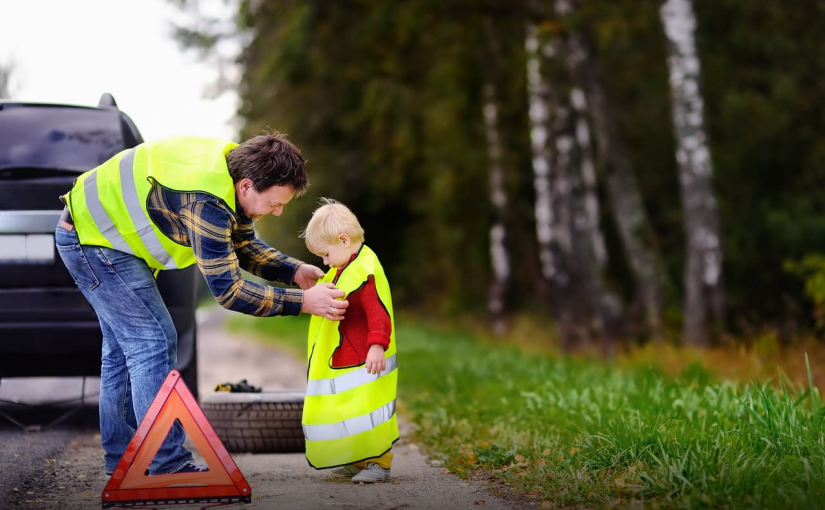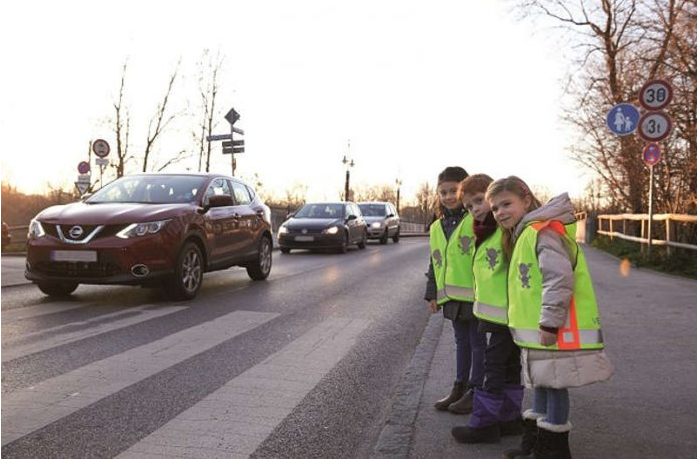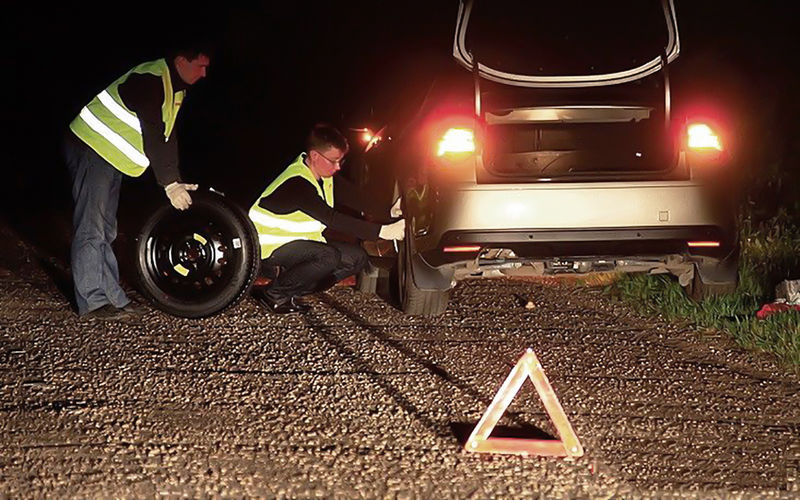Now we are in the season that is probably the worst for the track staff on our race tracks. Plus degrees one day, freezing the other. Snowfall, rain, and frostbite that cause every trainer to lie sleepless.
Lots of water on the course and despite attempts to get rid of the water masses after race four. It was considerably better on some parts of the track. On the run, however, the water was quickly back in place.
The picture above I took after the last race. Driving in the third and fourth tracks of the rally one wanted to avoid.
By the way, it was enough to be an interviewer on the track to be dirty from head to toe.
Ove A: “I hoped they would set up”
All the coaches testified of the same thing. Couldn’t see anything during the race. One had to try to listen to the sound where the other horses were.
Several felt they should be canceled during the race day.
They didn’t do them to fuck. They didn’t do it as bad losers. They did it because they were very scared.
I was just waiting for an accident myself.
Mats Djuse to attack after the victory: “Just to cancel”
Criticism was hard on the stall hill from coaches and coaches. Many thought that the track staff should have done in some other way.
It is possible that the assets were right. But it is also possible that they were wrong.
The track staff can at least not be raw because we have a very strange spring in central Sweden.
But without knowing how to take care of a course, it is possible to state that the course was not good. It was lousy. But apparently good enough for the banquet veterinarian to release the horses.
Now it is not just the Östersundstravet that has been hit by bad paths just this time every year. But there is no greater comfort when it does happen. Now we were in Jämtland this Wednesday lunch when coaches said it was deadly at work.
You chose to continue the race day and it went without accidents. Thankfully.
There is a caretaker controller and checks all horses and coaches before the race. It should be a safety vest and the wagons should be full. The horses should not be equipped with anything illegal.
Everything should be so careful. After all, security goes first.
Then they go out on a trotting track with life as an effort.
The path answers: “Get to that criticism”
Strangely, it was also when a coach chose to stroke his horse because he did not want to risk a new fork band injury. The verdict would be a 10-day start ban. In my ears, it sounds wrong with punishment when one considers that the injury risk on his horse is great. Shouldn’t trainers who guard their horses be hailed instead.
After discussion, the starting ban was lifted. Thanks for that.
It sometimes happens that competitions are canceled. You who follow the path know that it is not commonplace. It can happen when the spring thaw causes a risk of drowning or when the fog is dense. Yes, Boden set up a few years ago when it was minus 32 degrees.
I wonder which sport will continue its competition day when the active say that the arena is deadly? It is possible that there are some even if I do not come on someone’s straight arm.
Svensk Travsport is so clear that animal welfare and safety are the most important in our sport.
But is it not that the economy has become more important than both animal welfare and security?
If we ignore the economic. Who thinks it had competed clearly on Östersundstravet this Wednesday?


